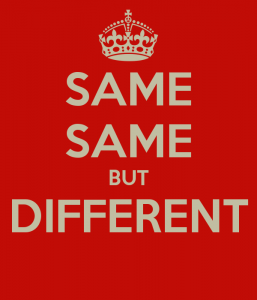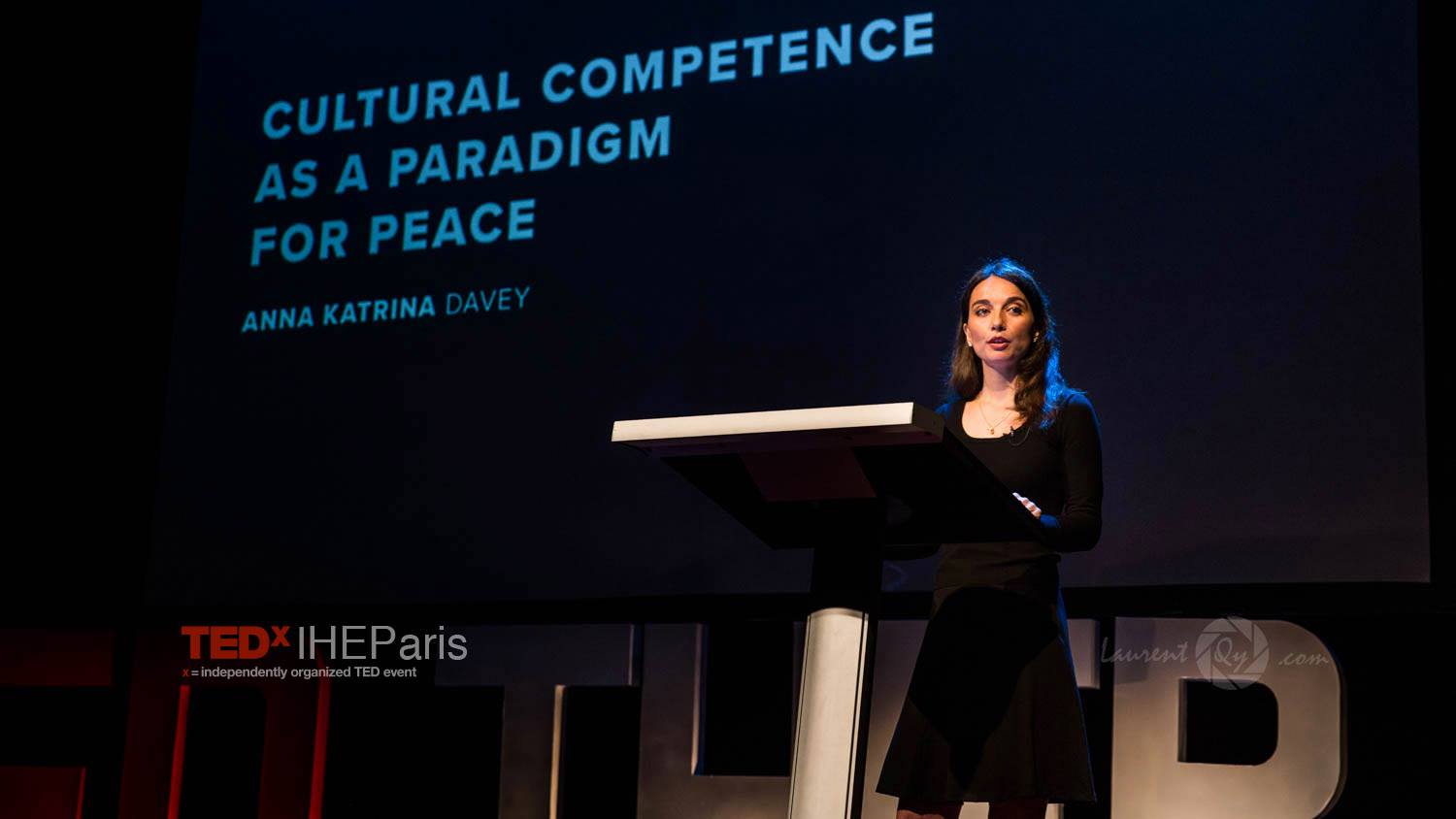“Today we work very well with colleagues from countries all over the world. Unified communications and global virtual teams have simplified our lives.” This is what system managers often think with regards to working with foreign subsidiaries and making use of the tools to interact with them.
Although I strongly believe in the use of unified communications, I’d like to focus on certain aspects of this technology that can impact how a colleague can be perceived during remote collaboration sessions.
I worked for over 10 years in the field of unified communications: First as a business developer for a company offering audio and video conferencing as well as online streaming services, later for a manufacturer of audio conferencing platforms and data sharing software. During these years I traveled to the United States, the Middle East and throughout Europe.
Exchanges among colleagues of different nationalities often take place within the framework of projects managed by cross-functional teams, made virtual by unified communications and its audio / video conferencing and data sharing software.
Unified communications certainly facilitate collaborations and exchanges at a distance, but can create certain problems in highly intercultural contexts if the collaboration is not preceded by a cross-cultural training addressing the specific challenges met by global virtual teams.
Audio conferencing, for example, refers to virtual meetings with international dial in telephone numbers that allow each participant to join the conference call at the cost of a local call. The problem is that the use of the telephone affects communication and here are some fairly simple examples. Say you have the impression that a colleague is not very involved during the conference call. Well independently from the culture of origin and knowledge of a foreign language the following scenario will be familiar to all of us: Even though audio conference participants may all speak the same language imposed by the corporate culture, the degree of mastery of it can vary and some individuals will unconsciously rely on many visual elements and body language to better understand their counterpart when having a conversation in a foreign language. Audio conferencing erases all those visual details and if we add to that the poor quality of long distance lines, many participants will not be comfortable enough to understand and express themselves freely, even though they won’t admit to it. In fact the willingness to admit difficulty in understanding the other is something that varies from culture to culture. Such difficulty is often perceived as a personal weakness or shortcoming, which brings to mind the following common Japanese scenario: When not understanding a foreigner asking them for information they will most likely feel very guilty as they feel like they are failing at their task, which is helping the foreigner.
Another issue I often come across is expressed as: “I organize conference calls with the whole hierarchy present but people seem to never make a clear decision”. Well again, let’s think about the context: Hierarchical relationships are very complex in many cultures and in Italy, for example, they involve body language and facial expression. So if during an audio conference an employee is asked to participate in a telephone conference at the last minute by connecting for example from Milan while his boss, who also participates in the conference, joins from Rome, most likely the employee will be uncomfortable in expressing his opinion because he cannot see his boss’ face, thus understanding whether he agrees or not with what he or she is saying. This problem could be partially solved with a videoconference, but then again the screen must be big enough and the camera should zoom in on the boss’ face – a rather difficult feat in the case of video conferences with many participants.
And what about speaking out? There are a lot of people who complain that their colleagues will not let them speak during audio meetings. This happens very often with participants from Asian countries who are not used to being as assertive as we are using their voice. We need to be careful, however this could be a simple technical problem. Some older technology, in fact, uses “talk slots”, which means that the voices of all participants are not conferenced-in at the same time. Due to the weak processing power of the system only the two or three loudest voices are conferenced together so that if one of the other participants that was just listening wishes to speak, he or she must speak up so that the system can put the person in the conference and at the same time pull out one of the current speakers to make room for them. That takes time and some seconds of the speech are lost in the latency.
This means that a participant who speaks occasionally and not loud enough may not be conferenced-in at all, colleagues do not even hear the person and of course they never give him or her the floor.
Furthermore, let’s not forget that in certain cultures (Italy, Greece, Spain, Middle East) the phone is just a tool to be used to schedule an in person meeting to discuss the matter…
So can we really say that audio conferencing makes life easier for everyone?
Virtual meetings need preparation in advance to minimize the practical problems and allow for maximum concentration on the contents, but often this preparation is nonexistent in certain cultures like the Italian one, where we rather tackle the problem during the discussion.
Often participants, among small groups, interrupt audio meetings to find the right translation for specific words or to brainstorm on how to say something while their foreign colleagues must silently sit through those interruptions.
We do not think about it because brief interruptions during an in person meeting are less frustrating than during a conference call, but in a remote session those interruptions can aggravate the other participants who are used to preparing in advance (the U.S., Germany) and they develop the impression that their counterparts are chronically disorganized.
Let’s now quickly have a look at data sharing: Have you ever witnessed a certain resistance from a colleague who is asked to share a document live during a telephone meeting? You could interpret this as a willingness of theirs to keep something for themselves or as an indication that this person is a bad team player, but then again technology may be at fault here.
Some data sharing software does not allow for you to share a single document, excluding the rest of your computer. This might pose a problem if you wish to be able to consult a separate document by yourself (for example notes, a draft), while sharing another one with colleagues. This could be solved by remembering to print out the notes before the conference. Right…but we just said that not everyone plans in advance…
Even viewing multiple documents at once could be difficult using some software, which could explain the hesitancy to share.
The above examples are not intended to disqualify unified communications tools which remain very useful, but one must consider that employees often interact with filters that limit their perception of their counterpart’s reality and the result is a quicker interpretation of a certain behavior based on one’s own values.
Often when members of a global virtual team meet, it’s too late because they have already worked together remotely over an extensive period of time, thus having accumulated many misconceptions about their foreign colleague.
During the meeting all they will do is unconsciously defend these prejudices that reassure them in their need to be right, which is quite human.
Collaborating remotely amplifies differences, which makes it all the more important to know the different cultures before embarking on a long-term collaboration without in person meetings.
It is important to become aware of what it means to interact with different cultures, thus realizing that each colleague must be perceived in light of his/her culture of origin as well as the way this culture influences their usage of the professional communication tools.
Only then will we be able to say that we are “unified”.







